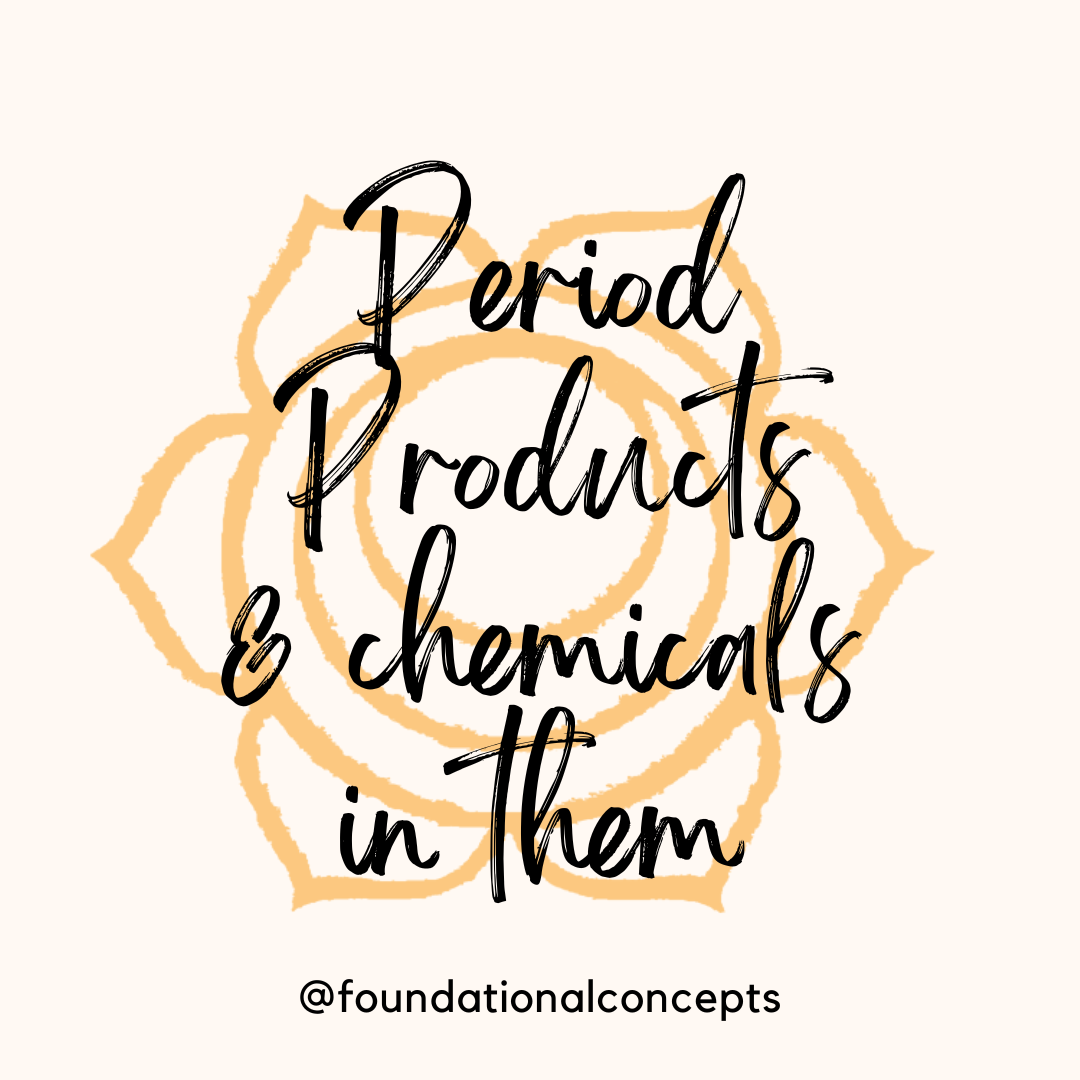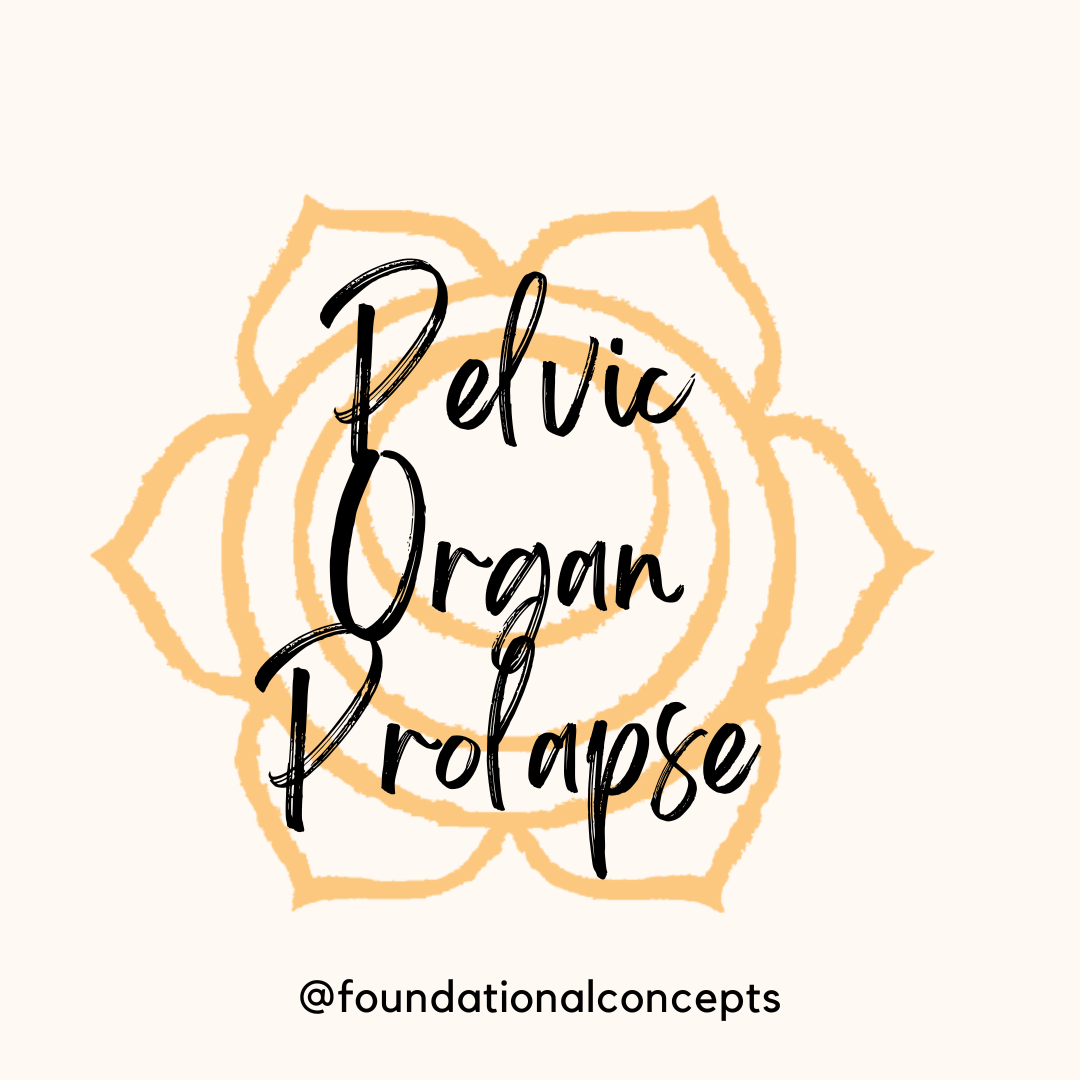Many women have vaginal dryness with menopause, when they are breastfeeding, or with long term…

Your Period Products & the chemicals in them.
Women use well over 10,000 period products during the years that we are menstruating. If we assume 5 days per period from age 12 to 50, that is about 5 years of cumulative time using a period product of some type. The vaginal and vulvar tissues are the main areas exposed to these products. Vaginal tissue is a mucosal membrane and has many blood capillaries and is very permeable. This means that chemicals in period products can be absorbed directly into our blood stream. The vulvar tissue has more keratin and is like skin on the rest of our body. However, it has higher levels of blood flow, making this tissue permeable as well. The labia minora and clitoris do not have keratin and are more like vaginal tissue, also highly permeable. The bottom line? These tissues are susceptible to toxins.
There have been several recent studies that have examined the levels of different chemicals in all period products. Here we share two:
The chemicals added may provide fragrance, antimicrobial, absorptive, or nonstick properties to the product. They can also be added during the manufacturing process from cleaning, or adding adhesives. Some of these chemicals have been shown to be carcinogenic (cancerous) or they can lead to endocrine disruptions. Meaning, they produce adverse, multi-system effects: developmental, reproductive, neurological, and immune effects. Women with reproductive conditions such as endometriosis, uterine fibroids, PCOS, or adenomyosis may want to pay special attention to these products as these chemicals may be a risk factor for worsening symptoms.
There is very little research about menstrual products in general. There is also little research on how permeable the vaginal and vulvar tissue is to these chemicals in period products. When looking for period products, it may be advisable to purchase products that are organic. However, organic only means that the manufacturer used organic cotton. Make sure they are also dye and fragrance free as the dyes and fragrances can also contain chemicals that can be irritants or endocrine disruptors. You may want to check if the products are bleached with hydrogen peroxide or unbleached. You can also check to see if they have certifications for USDA Organic, Global Organic Textile Standard, and Quality Assurance International.
Some links to organic, dye-and fragrance-free options are below.:
Aisle | Sustainable Period Products For Every Body (periodaisle.com)
100% Organic Cotton Tampons – Natracare
Organic Cotton Tampons – Light Absorbency | Seventh Generation
It is important to know and understand the products you are buying, and what chemical exposure you are risking by using them. Like everything in our world, there are risks and benefits. You may not be struggling with conditions that are worsened by these toxins. If you are dealing with pelvic pain, endometriosis, fibroids, PCOS, adenomyosis, interstitial cystitis, IBS or leaky gut, you may want to be more diligent in limiting your exposure to toxins to help manage your condition.




